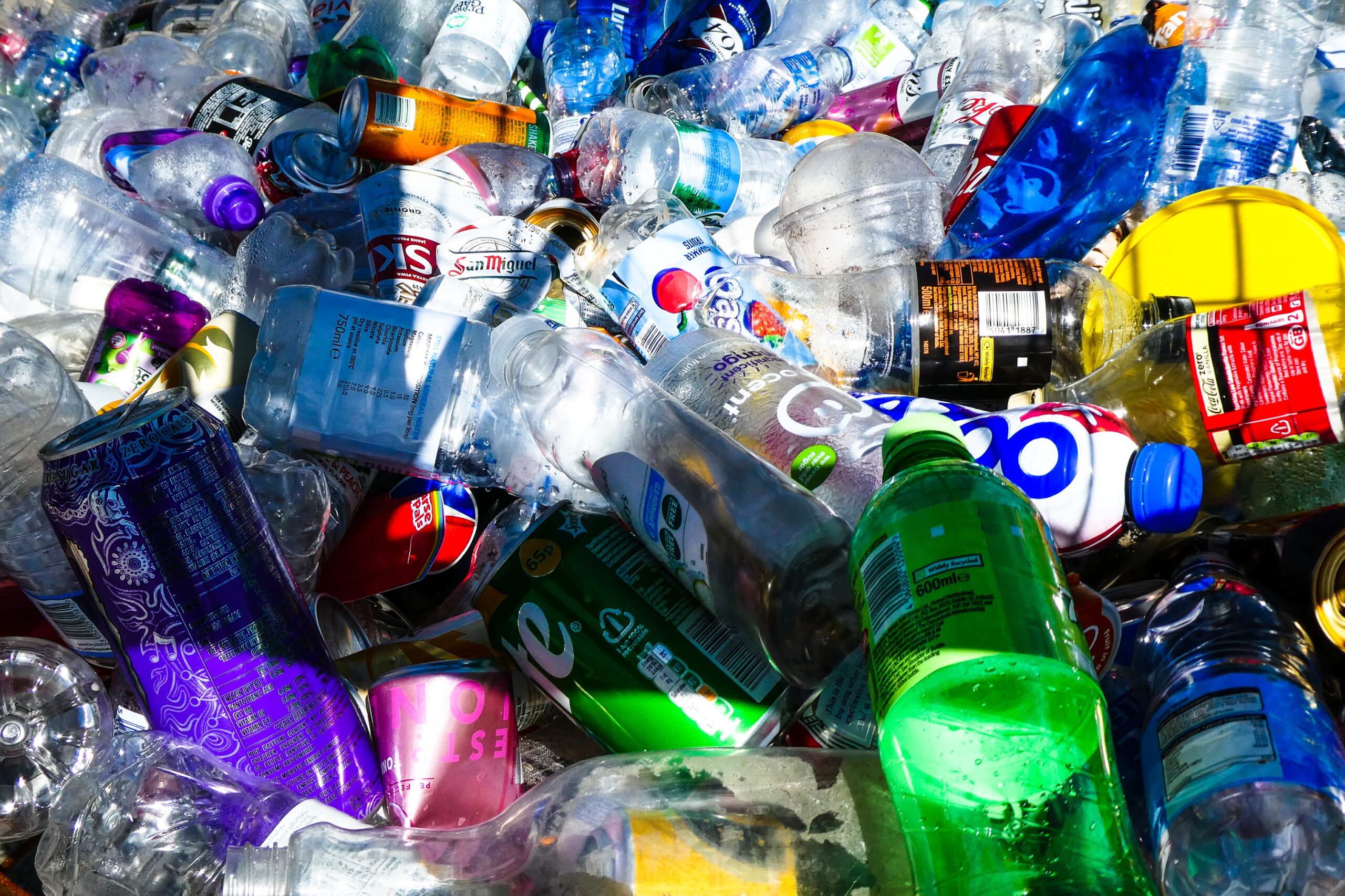We produce plastic, it pollutes, we ban it—yet, somehow, it always returns.
This seems like a never ending cycle. And the pollution situation gets worse. But what if we never had to ban plastic in order to get rid of it? Seems impossible, right? But its not!
Researchers at Northwestern University have developed a groundbreaking method for recycling plastic waste by harnessing moisture from the air. This innovative technique offers a cleaner, more efficient alternative to traditional recycling methods.
By exposing a common type of plastic to an inexpensive catalyst and leaving it exposed to ambient air, researchers broke down 94% of the material in just four hours.
This process first uses an inexpensive catalyst to break apart the bonds in polyethylene terephthalate (PET), Then, the researchers merely expose the broken pieces to ambient air. Leveraging the trace amounts of moisture in air, the broken-down PET is converted into monomers—the crucial building blocks for plastics. From there, the researchers envision the monomers could be recycled into new PET products or other, more valuable materials.
Why is this Simple discovery SO SO important?
- Environmental Impact: India generates a staggering 9.3 million tonnes of plastic waste every year, and in the U.S., only 5% of plastics are recycled. This innovative method could greatly reduce plastic pollution, helping pave the way for a circular economy where materials are reused instead of discarded.
- Sustainability: Unlike current recycling methods, this process avoids the use of harmful solvents and minimizes energy consumption, making it a safer and more eco-friendly option.
- Economic Potential: By turning waste into valuable materials, this approach not only tackles the growing issue of waste management but also creates opportunities to produce premium products from recycled materials, boosting both the economy and sustainability efforts.
“Our study offers a sustainable and efficient solution to one of the world’s most pressing environmental challenges: plastic waste,” says Naveen Malik, the study’s first author. “Unlike traditional recycling methods, which often produce harmful byproducts like waste salts and require significant energy or chemical inputs, our approach uses a solvent-free process that relies on trace moisture from ambient air. This makes it not only environmentally friendly but also highly practical for real-world applications.”
What makes the catalyst used in this process inexpensive and effective?
1. Material Composition
The catalyst is primarily based on molybdenum, which is an abundant and low-cost metal compared to precious metals like platinum or palladium. This makes it economically viable for large-scale applications in recycling processes.
2. Carbon Support
The catalyst is supported by activated carbon, which is also inexpensive and widely available. This support enhances the catalyst’s stability and effectiveness, allowing for efficient reactions at relatively mild temperatures,
3. High Stability and Recyclability
The molybdenum-dioxo catalyst exhibits high stability and can be recycled multiple times without significant loss of activity. This durability reduces the need for frequent replacement, further lowering operational costs.
4. Solvent-Free Process
This method eliminates the need for expensive solvents, which are often required in traditional recycling methods. By using trace amounts of moisture from the air instead, the process becomes more environmentally friendly and cost-effective.

The researchers evaluated the system using actual plastic waste, such as bottles, polyester garments, and various mixed plastic items. It performed just as well, even extracting colors from dyed plastics and leaving behind clean, recyclable material. This could potentially be the solution to the persistent plastic pollution issues affecting our oceans and beaches.
Describing this innovation as revolutionary for plastic recycling doesn’t do it justice. It has the potential to make it feasible to reuse plastic indefinitely without compromising its quality. The next phase for the researchers involves scaling the process for industrial application, ensuring it can efficiently break down large volumes of plastic waste.
With plastic waste at an all-time high and microplastic being present in our DNA, its high time we address this issue seriously and find a solution!
ALSO READ : Why CoolAnt is the Solution to India’s Rising Temperatures!








